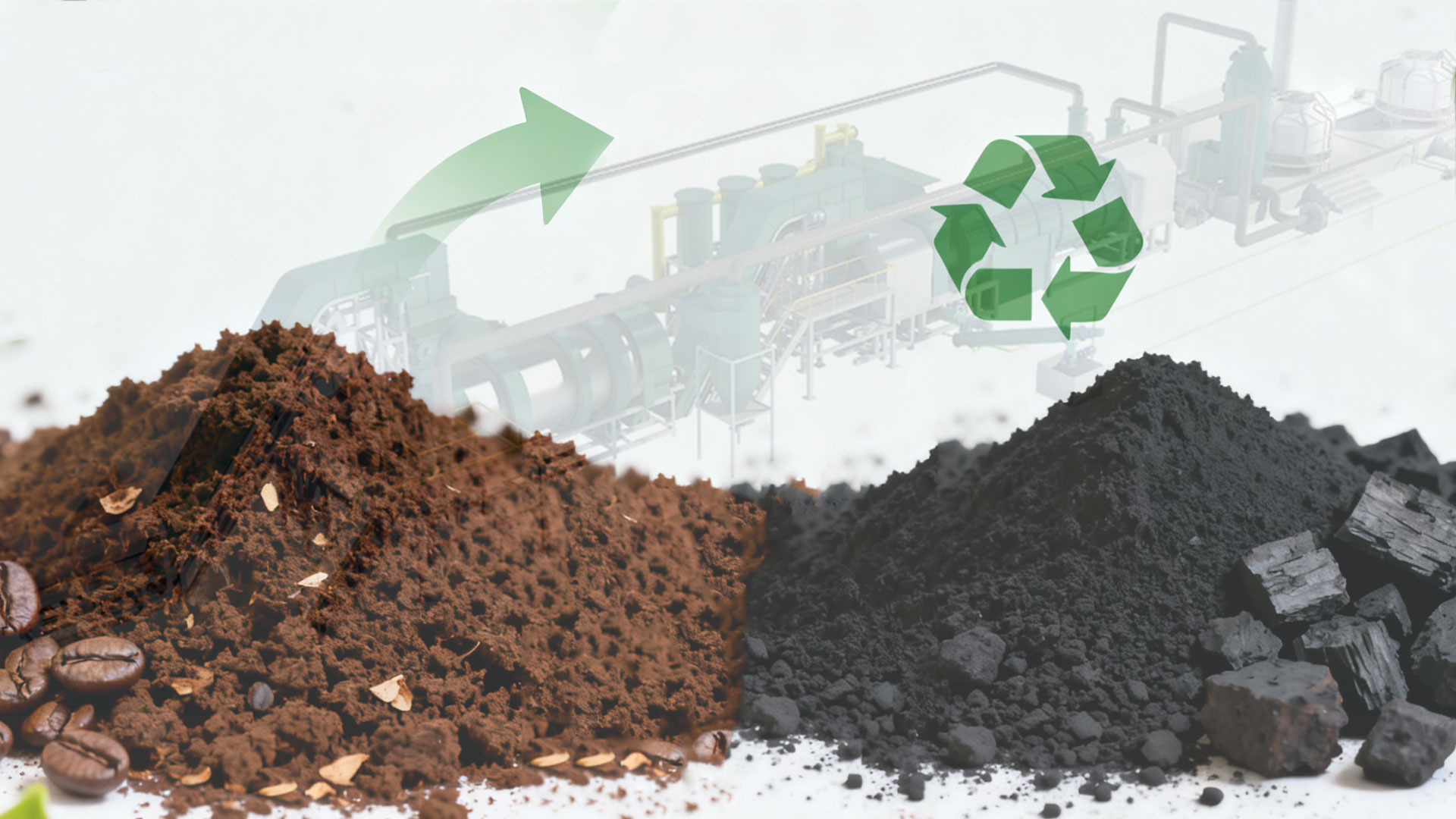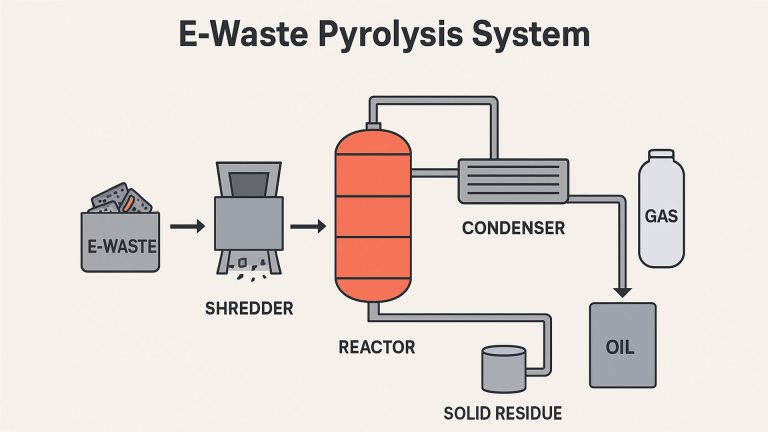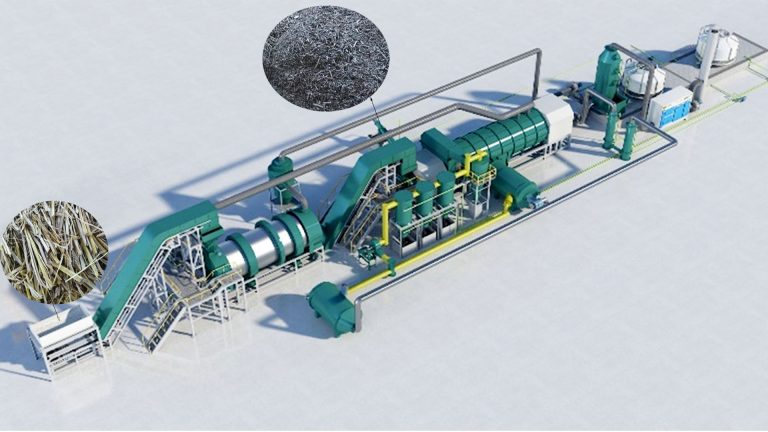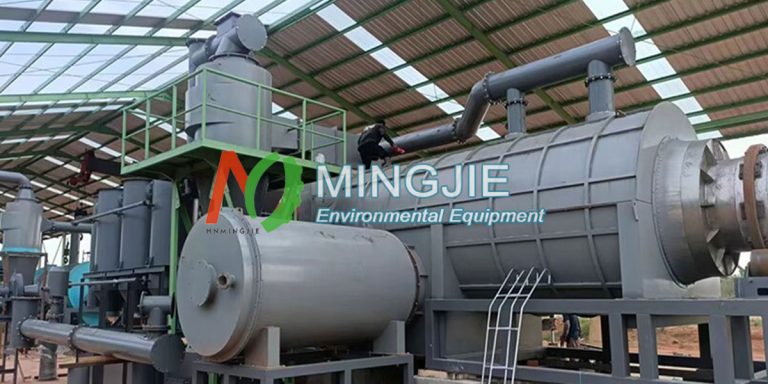Coffee biochar is a porous carbon material made from waste coffee grounds through pyrolysis. It has a high specific surface area, abundant surface functional groups and a stable carbon structure. It is widely used in environmental remediation, agricultural improvement, energy storage, and other fields.
The creation of coffee biochar is inseparable from pyrolysis technology. Pyrolysis equipment heats coffee grounds at high temperatures in an oxygen-free or oxygen-deficient environment. This process triggers a series of complex physical and chemical changes, transforming the coffee grounds into biochar.
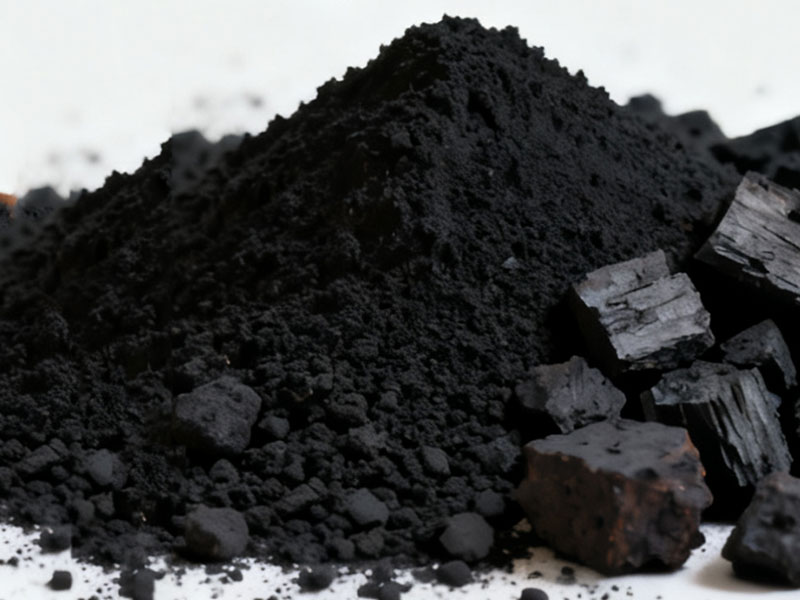
Coffee Biochar Production
Coffee biochar production begins with pre-treatment of the collected coffee grounds. Freshly harvested coffee grounds often contain a high amount of moisture, which can affect pyrolysis. Therefore, they must first be dried to reduce the moisture content to an appropriate range, generally around 15%.
To ensure a more uniform and efficient pyrolysis process, the coffee grounds must be pulverized to a particle size of less than 20mm.
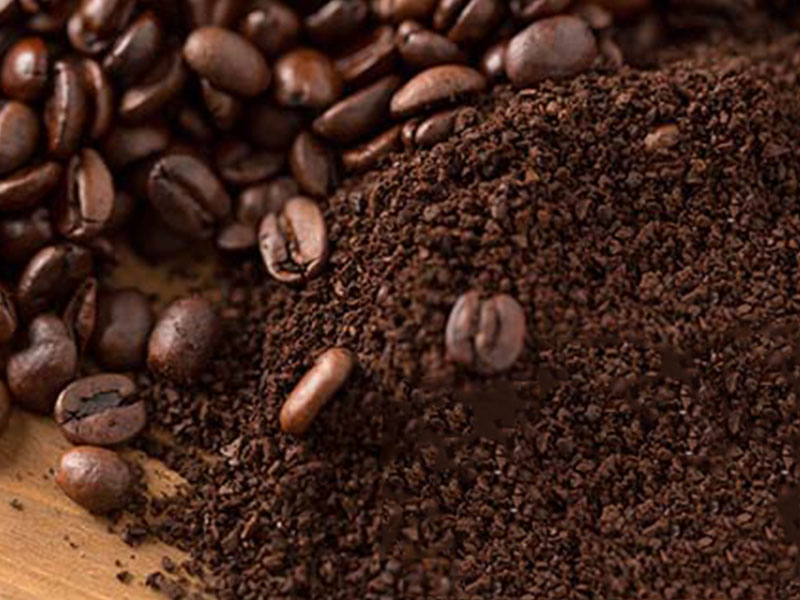
After pretreatment of the coffee grounds, the core pyrolysis step begins. Temperature control is crucial during pyrolysis.
Generally, pyrolysis temperatures range from 300°C to 800°C. Different temperature ranges produce different properties for coffee ground biochar.
Biochar produced by pyrolysis at lower temperatures (300°C to 500°C) contains more volatile matter and organic functional groups. It excels in soil improvement and adsorption of organic pollutants.
Biochar produced by pyrolysis at higher temperatures (500°C to 800°C) has a higher carbon content and a more developed pore structure. This makes it more suitable for adsorbing heavy metal ions and serving as an electrode material for supercapacitors.
The heating rate is also crucial. Typically, the temperature is gradually increased to the set temperature at a rate of 5°C to 15°C/min. This prevents sudden temperature changes that can lead to uneven pyrolysis of the coffee grounds. After reaching the set temperature, the temperature must be maintained for a period of time to ensure the pyrolysis reaction proceeds fully.
The coffee grounds pyrolysis process requires an oxygen-free or oxygen-deficient reaction environment. This can be achieved in a variety of ways. A common method is to introduce an inert gas, such as nitrogen, into the pyrolysis equipment to expel air and create an oxygen-free environment. Alternatively, a sealed pyrolysis unit can be used to reduce oxygen ingress and achieve anoxic pyrolysis. Mingjie Biomass Pyrolysis Machine utilizes a sealed unit.
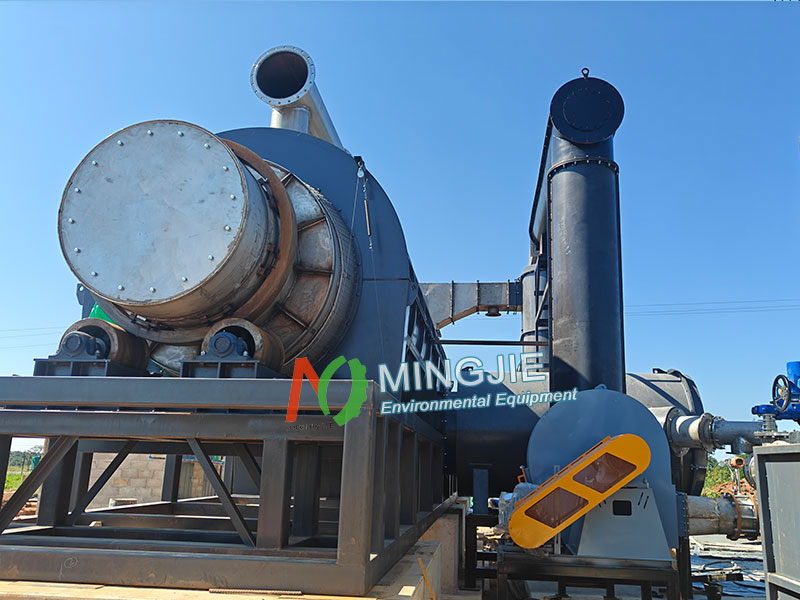
After pyrolysis, crude coffee biochar is obtained, which requires post-processing. Various post-processing methods are available.
Water washing removes soluble impurities remaining on the biochar surface. Acid washing further activates the biochar surface, increasing its active sites and improving adsorption properties. High-temperature activation is sometimes performed, further optimizing the biochar pore structure and surface properties.
Coffee Biochar Application Performance
Environmental Remediation (Adsorbent)
Heavy Metal Adsorption:
- Pb²+ Adsorption: 50-150 mg/g (at pH 5-6).
- Cd²+ Adsorption: 30-80 mg/g.
Organic Pollutant Adsorption:
- Methylene Blue (Dye): Adsorption: 100-300 mg/g.
- Bisphenol A (BPA): Adsorption: 50-120 mg/g.
Agricultural Application
- Soil Improvement: Adding 5% coffee biochar can increase soil water holding capacity by 20-30%.
- N₂O emissions (reduced by 30-50%).
- Fertilizer Slow-Release: Loading with nitrogen and phosphorus fertilizers extends the nutrient release period by 2-3 times.
Energy Storage
- Supercapacitor: Specific capacitance: 120-200 F/g (at a current density of 1 A/g).
- Cycling Stability: Capacity retention >90% after 5,000 charge and discharge cycles.
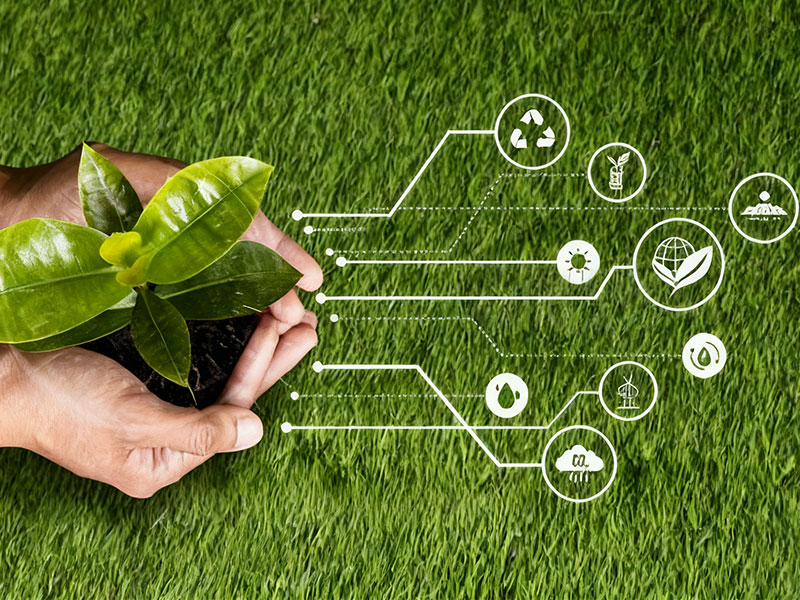
Environmental Benefits
- Carbon Sequestration Potential: Each ton of coffee grounds can produce approximately 200-300 kg of biochar, sequestering approximately 0.5-0.8 tons of CO₂ equivalent.
- Waste Reduction: Approximately 6 million tons of coffee grounds are discarded annually worldwide. Utilizing these grounds can reduce methane emissions from landfills.
The ever-expanding application areas are also significantly driving market demand for coffee biochar. In addition to traditional applications in agriculture, environmental protection, and energy, coffee biochar is also finding increasing use in emerging sectors such as food, cosmetics, and building materials. This is opening up new opportunities for market growth.

